Brahma Chellaney

U.S. President Joe Biden’s last-minute cancellation of his planned appearance at a Quad summit in Australia will strengthen the perception that the war of attrition in Ukraine is deflecting Washington’s attention from mounting security challenges in the Indo-Pacific region.
Citing the imperative of cutting a deal with congressional leaders to avert a looming U.S. debt default, Biden also scrapped plans to stop in Papua New Guinea for what was to be the first visit by a U.S. president to a Pacific Island nation.
The dual cancellations will reinforce questions about America’s commitment to the Indo-Pacific, which is shaping up as the world’s economic and geopolitical hub.
If Russia’s invasion of Ukraine has shaken the foundations of the international order, as many observers contend, a Chinese takeover of Taiwan would usher in a new global order by ending America’s preeminence and irreparably damaging the U.S.-led alliance system. Yet the Biden administration remains overly focused on European security.
Biden’s planned Pacific tour next week had promised to put the international spotlight back on the Indo-Pacific and would have signaled that Washington had not taken its eye off the region despite America’s increasing involvement in the Ukraine war in terms of providing weapons, training and battlefield targeting data to Kyiv.
Only China can be pleased by Biden’s decision to simply return to the White House after the Group of Seven summit in Hiroshima, Japan.
Just as China is the sole country really benefiting from the conflict in Ukraine, Biden’s scrapped visits are likely to bolster Chinese ambitions in the Pacific while setting back Washington’s efforts to contain Beijing’s growing influence. Using its economic power and the world’s largest naval fleet, China has been making rapid inroads among Pacific island nations.

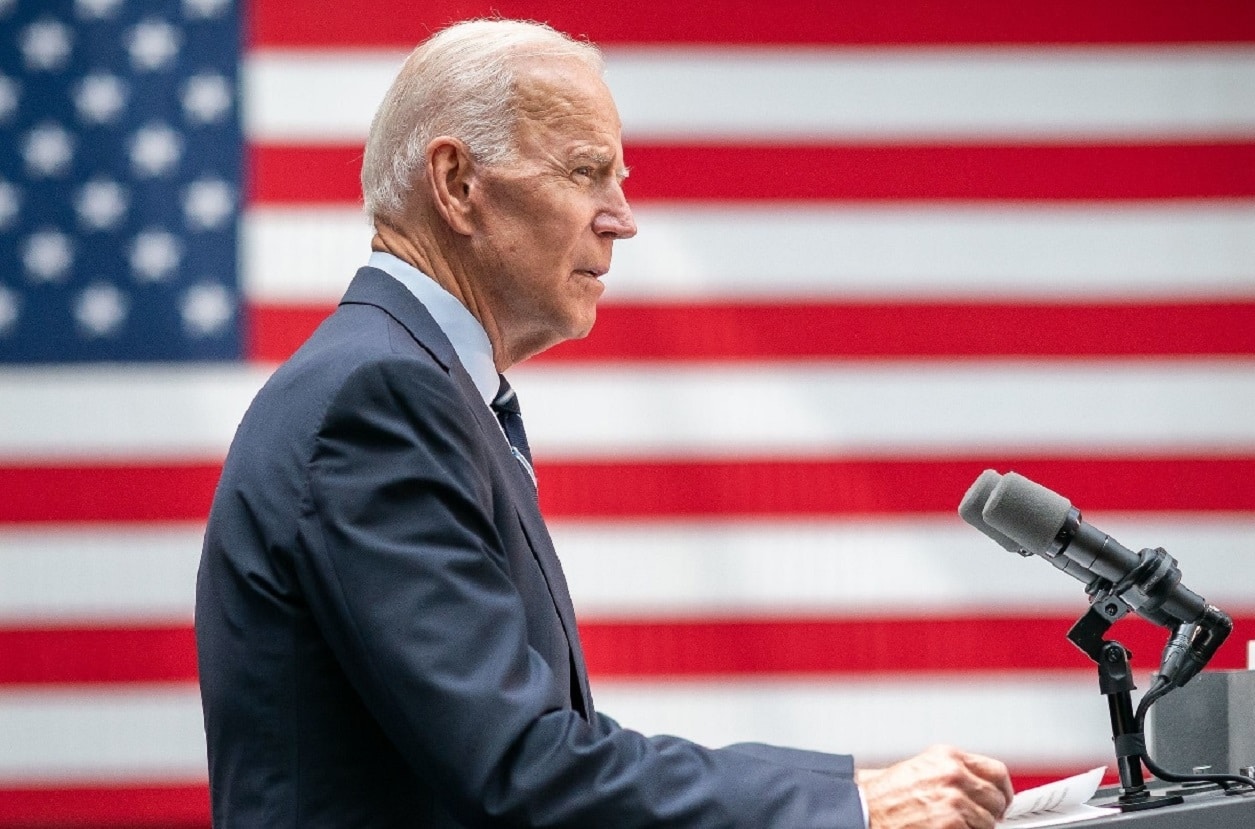

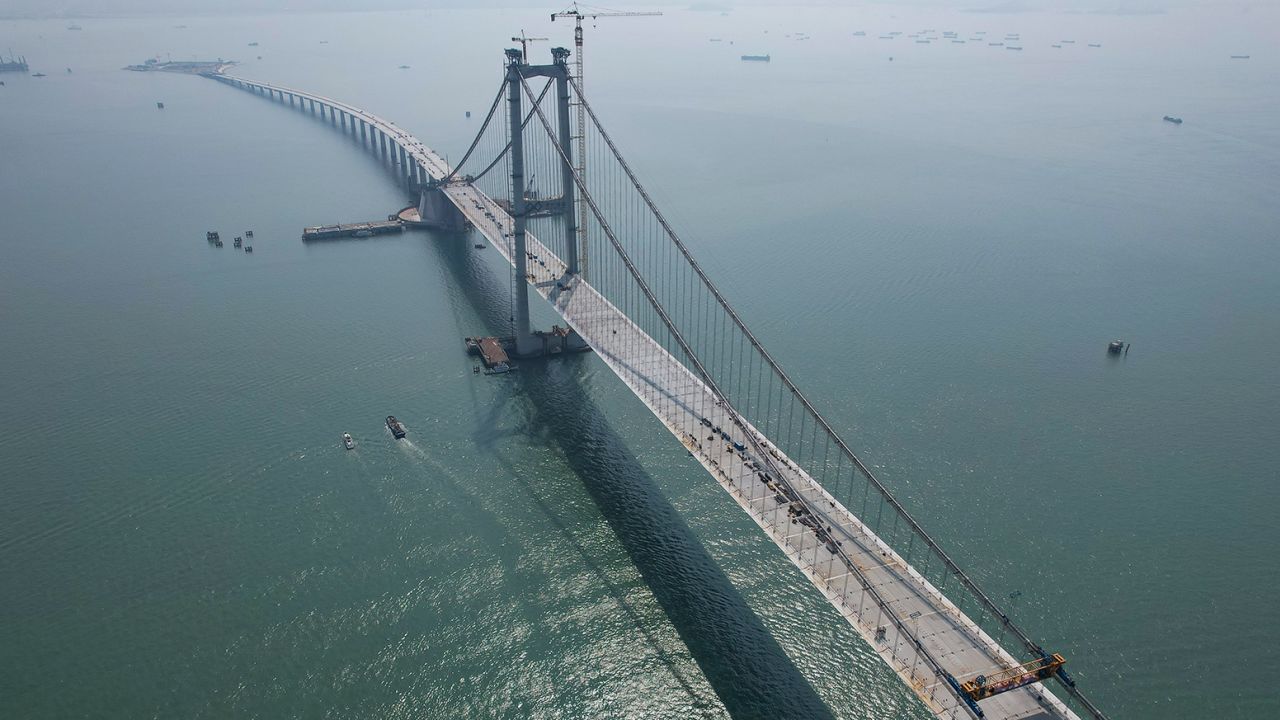
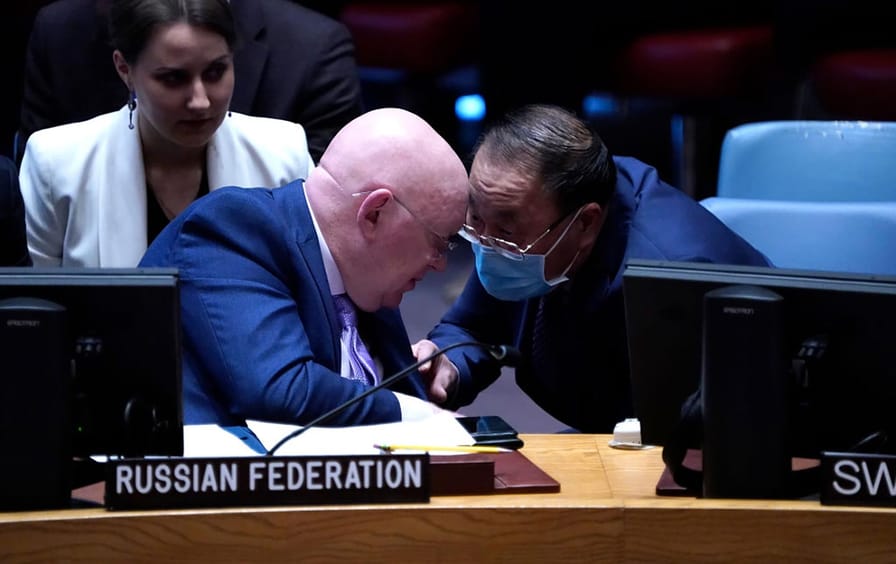

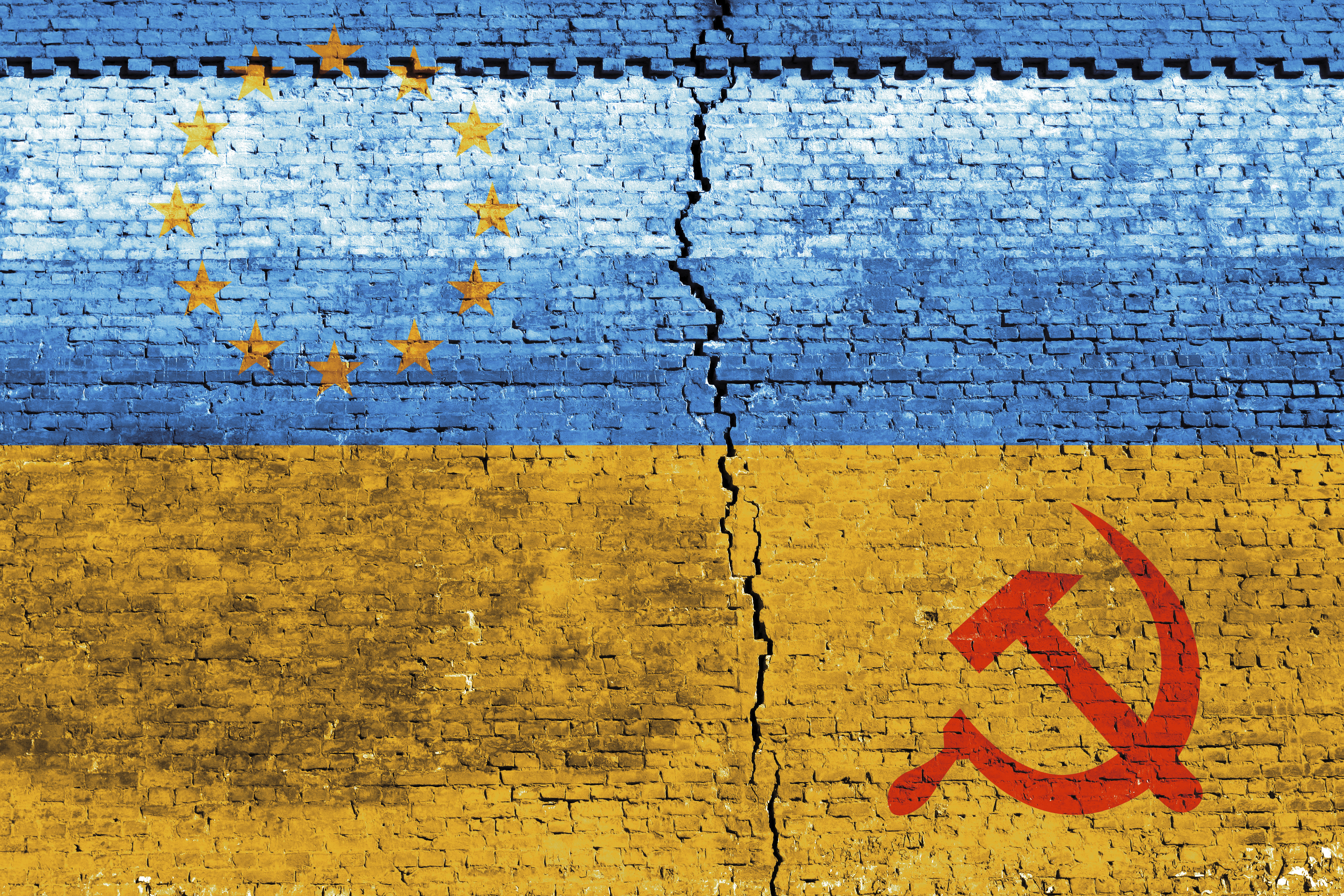

:quality(70)/cloudfront-us-east-1.images.arcpublishing.com/archetype/65EAVT6ZCFCRLCU74QNBKFJPZI.jpg)



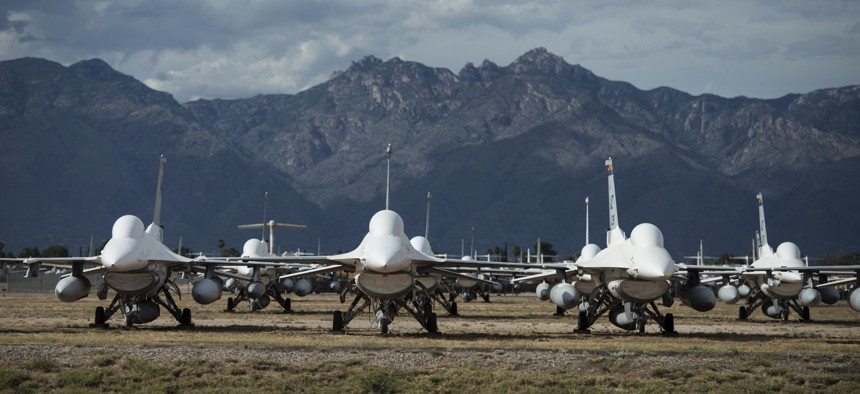
:quality(70)/cloudfront-us-east-1.images.arcpublishing.com/archetype/HSGV6LUYYZD4PIAXL3O67MSQ5Y.jpg)

